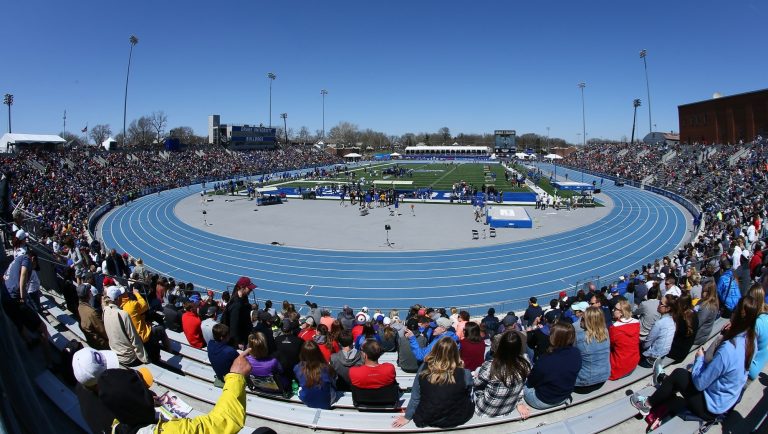Northwest Iowa (RI/KIWA) — With our lows down around 20 below or colder and daytime highs still below zero, northwest Iowans’ furnaces are putting in plenty of overtime.
Troy Martin works for a heating business and suggests people take a few precautionary steps to keep the warm air flowing.
(As above) “Always make sure if you have batteries in your thermostat, make sure they’re fresh,” Taylor says. “If you haven’t changed them, now’s the time. Keep a good, clean air filter in your furnace, in your heating system, so you don’t have any potential issues there.”
If you have a high-efficiency furnace, those usually have pipes that exit your home on the side instead of an old-fashioned chimney that exits through the roof. If you have the high-efficiency kind, he says you should make certain the air intake and exhaust pipes are clear of any snow that may be piled up beside your house. Also, depending on their design, they can also drip water and cause ice buildup that also needs to be cleared. Frozen water pipes are always a concern this time of year and if one breaks, it can quickly become an expensive mess.
(As above) “Basements can be drafty and if you have that going on in your home, make sure the drafts get closed up,” Taylor says. “You don’t want cold air infiltrating your basement or around windows or cracks in your foundation that can cause pipes to freeze if they’re close to that cold air coming in.”
He also recommends leaving the faucets dripping to prevent the freezing of pipes, and keep cabinet doors open below your sink to allow warm air to circulate. Sheldon City officials also say you should take the temperature of your cold water. If it’s under 38 degrees, it’s time to be concerned about — and take steps to prevent — frozen pipes.











